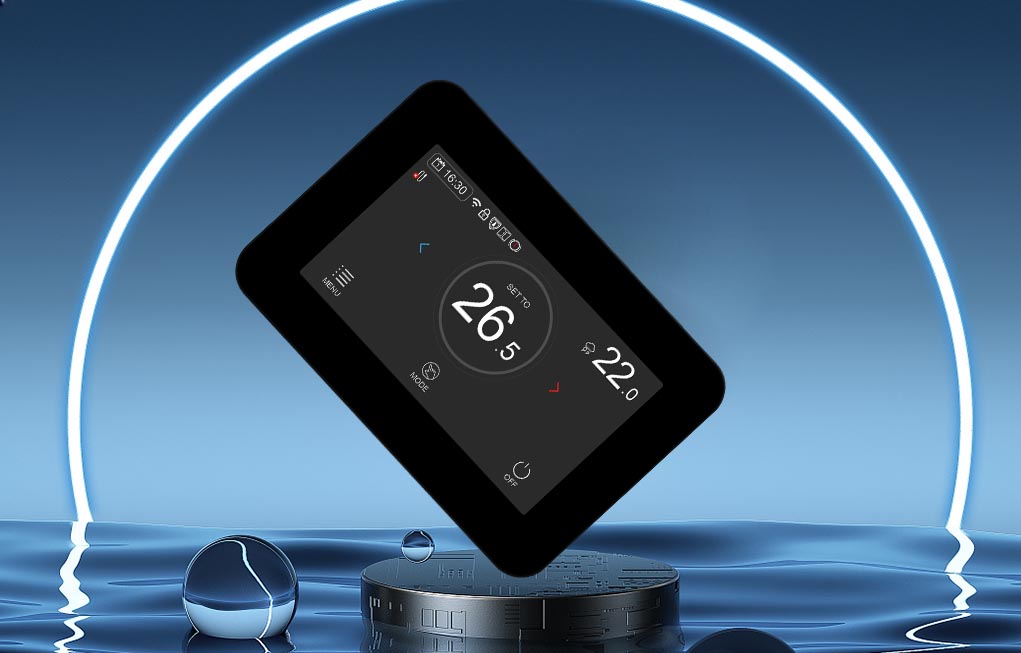Never miss an offer or update. You can unsubscribe at any time.
 How Much do you Know about Thermostats?
How Much do you Know about Thermostats?
 How does the AI benefit the E-Top Thermostat R&D
How does the AI benefit the E-Top Thermostat R&D
 Address:No.6 of Tong'an Industrial Park, Meixi Rd,Tong'an District, Xiamen China 361100
Address:No.6 of Tong'an Industrial Park, Meixi Rd,Tong'an District, Xiamen China 361100 Phone:+86 0592 6155792
Phone:+86 0592 6155792 Email:info@etopcontrols.com
Email:info@etopcontrols.comNever miss an offer or update. You can unsubscribe at any time.

